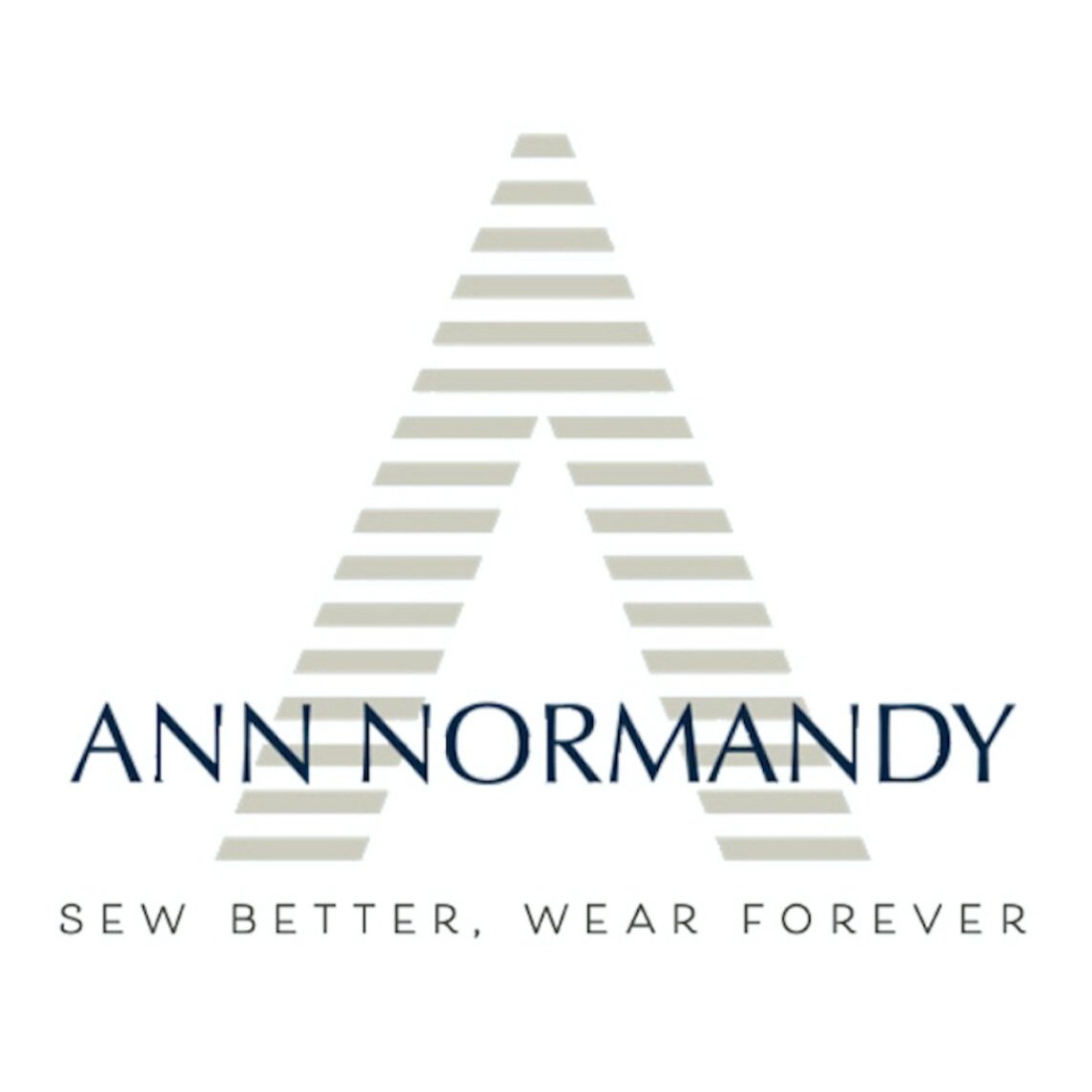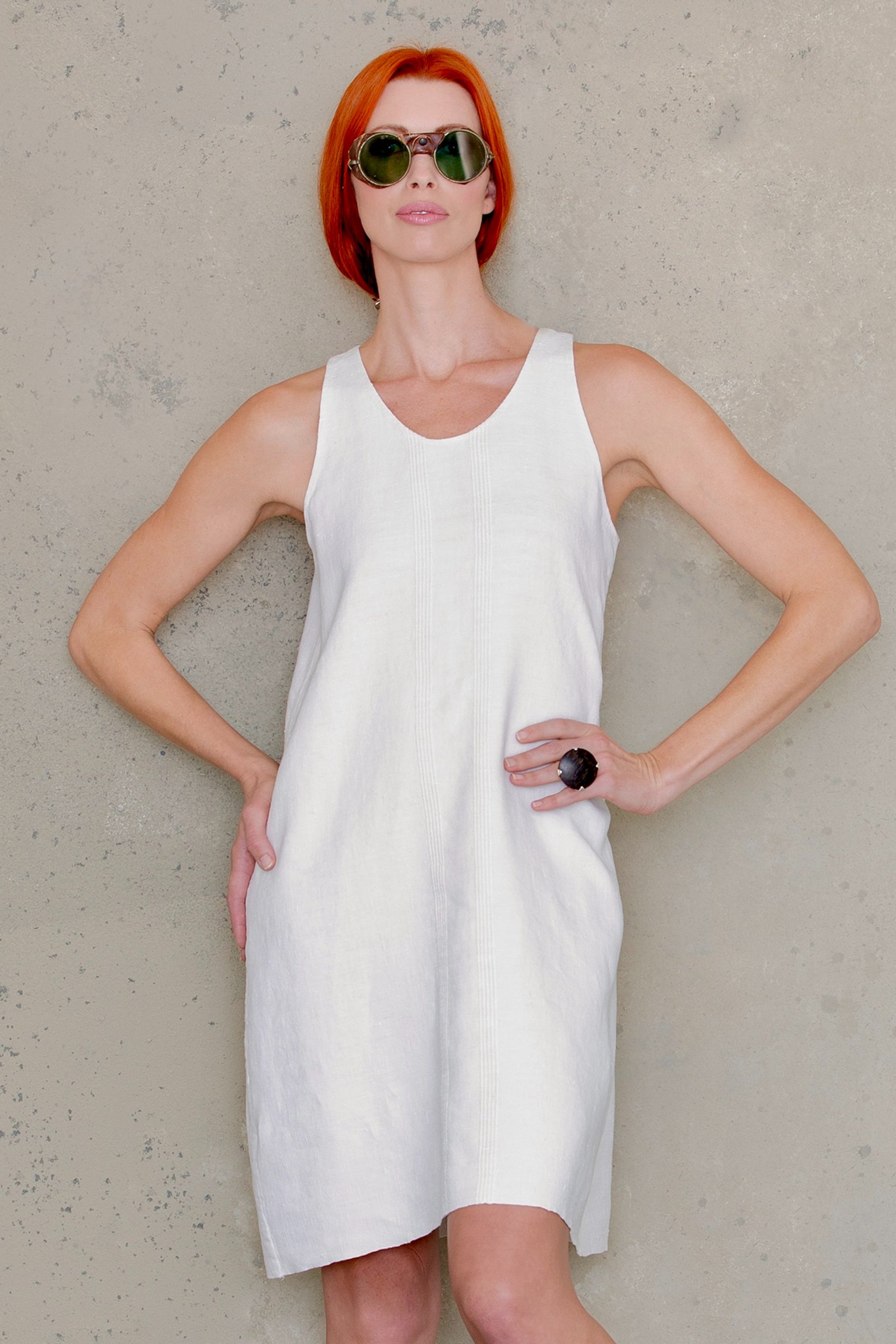Sewing Projects for Beginners
Sewing Projects for Beginners
Understand the basics of sewing and ready to take the leap and sew a garment? Wonderful! When you take that plunge, you open the possibilities to create a garment that fits, in the color and fabric you want. You are taking control of your own wardrobe.
Here are some tips to get you started and on the path to taking your vision, a flat piece of fabric and create it into a beautiful, well-fitting, boutique quality garment.
The essential tip for success while sewing a garment
Learning to sew can quickly be overwhelming and can frustrate to the point that you want to walk away. Keep in mind from the very start not to rush it. There are many steps to sewing a garment, but there is a purpose for each step. Be mindful that it is a process.
Planning your project
When planning your first garment, consider selecting a pattern and a fabric pairing that will be easy to work with. Woven patterns such as cotton and linen are the easiest to sew with. They lay flat, stable, and they’re also easy to press.
Pattern Selection
Start off with a pattern that the designer considers easy or advanced easy, before moving onto more advanced projects. Select a pattern with minimal pieces, such as the Ann Normandy Design Slip Dress sewing pattern, which only has two pattern pieces. Pick one new technique to learn with each garment. The flat felled seams on our Slip Dress is an essential skill that will help protect the raw edges of the fabric from fraying, create stability and a finished look. Check out our tutorial blog Couture Technique Tutorial – Flat Felled Seam
Fabric
Select the best fabric that pairs well with design and construction for the garment. It is so easy to be a kid in a candy store at a fabric store. Carefully read the designer’s fabric recommendations and don’t be afraid to ask for assistance in the store. Designer fabric recommendations are tried and true fabrics that work specifically for the pattern design.
Consider the manufacturer’s care recommendations for the fabric. Does it work with your lifestyle? If hand washing isn’t a reality with your lifestyle, avoid textiles that require it. It may seem obvious, but you have total control with your garment and care should be a part of that decision making. If you’re considering purchasing fabric online, order samples of a few options first.
Waste Reduction
The Ann Normandy Design sewing pattern collection was inspired by antique handwoven, one of a kind French linen. Grown from seed and created by farmers who couldn’t afford textiles. These precious textiles were used for bedding, grain sacks, curtains, table linens, and clothing and were sewn with little to no waste. They used the selvage edge and didn’t fold and hem unless the selvage was compromised. Consider using the selvage on your fabric if it is unique. One way to do this is to lay out the material cross-wise, not length-wise. Be mindful to lay out the pattern on the grain of the fabric.
Preparations to Maximize Your Sewing Time
Sewing can be what you make of it. If you rush through the process, skip steps, especially while learning, the garment will look like it. That can, in the long run, turn a person off to sewing. There are ways to maximize your actual sewing time and allow you to sew efficiently and smarter, as the tips below:
Take the time to review the pattern instructions from start to finish before you even start the project. As with driving a car, when you’re going to a new location, you look at a map or GPS for the best route or course of action. Taking time to review each step before starting will help reduce questions or concerns during your sewing time.
Another step that will maximize your sewing time and make sewing the garment a pure pleasure is pressing. Before, during and after each step. You can literally put a garment together by pressing the seams. Sewing those seams simply keep it together. Yes, it is extra steps, but it will take that garment from looking homemade to couture quality. Learn more about pressing in our blog post Couture Sewing Patterns - A Pressing Tutorial.
One of the joys of being an Indie designer is that I am available to help you. If you don’t understand a step or have questions, email me, I am here to help. That will eliminate the guesswork, quickly get you back on track and save time in the long run.
Mindful Sewing
You do not need to sew fast. Control your single needle stitching. Take it slow, especially when approaching corners, and pivot points. Each stitch matters.
Don’t get discouraged!
Please don’t get discouraged, if you aren’t producing your garment quickly. Take it slow. It is a skill. It takes time. These designs were never meant to be mass produced. This is slow fashion at its finest.
You can fit sewing into your schedule whenever you have time, which is so cool. Even if it’s 30 minutes a day and sewing only one seam. Set your initial expectations low and know that all mistakes are part of the learning process and can be fixed.
If you’re unsure about starting off with the fabric you purchased, take a step back and create a muslin, or toile (a practice piece) first from an old sheet or inexpensive fabric similar to the one you purchased. If you’re having trouble with a particular area or element, stop what you’re doing, take scrap fabric, practice it over and over until you’re confident. Again, learning how to properly press makes it so much easier to accomplish the design. We have a video tutorial coming soon, but in the meantime, there are many YouTube videos out there that can help you. Be sure to subscribe to the Ann Normandy Design YouTube channel for upcoming tutorials and videos.
The essential tools to start:
Sewing machines do not need to be expensive or have a lot of bells and whistles. You can even rent sewing machines from your library to see what features you might like before you invest in one. Good quality used machines can be found at independent, local sewing machine stores (people trade up to higher-end ones, but their former ones are excellent brands, well serviced by the stores that sell them.)
Buy good quality shears that are for exclusively for fabrics. Put a ball and chain on it if needed to fend off the “non-fabric cutters” in the house. Use quality sewing machine needles, appropriate for the fabric and changing them regularly will improve your results and save you from a lot of frustration. Materials don’t need to be expensive. Take the pressure off yourself, and invest in fabrics when you are ready. Tools like seam rippers, measuring tapes, pins… do not need to be expensive or “top of the line”.
You can sew, but takes time to learn the right way to sew. If you can drive, you can sew. Slow down. Practice. Enjoy the journey (or the process) as much as the destination (your final result), and sewing will be a joy to pursue!
Happy sewing!
Kim
Slip Dress PDF Sewing Pattern
Sale Price:$8.46 Original Price:$9.95




